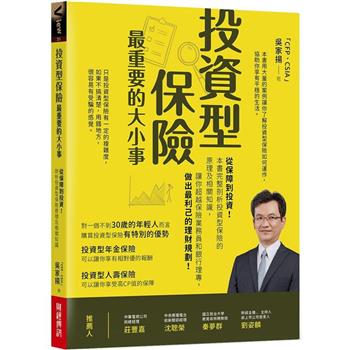Winner of the 2005 Pfizer Prize from the History of Science Society.
What actually took place in the private laboratory of a mid-seventeenth century alchemist? How did he direct his quest after the secrets of Nature? What instruments and theoretical principles did he employ? Using, as their guide, the previously misunderstood interactions between Robert Boyle, widely known as "the father of chemistry," and George Starkey, an alchemist and the most prominent American scientific writer before Benjamin Franklin as their guide, Newman and Principe reveal the hitherto hidden laboratory operations of a famous alchemist and argue that many of the principles and practices characteristic of modern chemistry derive from alchemy. By analyzing Starkey’s extraordinary laboratory notebooks, the authors show how this American "chymist" translated the wildly figurative writings of traditional alchemy into quantitative, carefully reasoned laboratory practice-and then encoded his own work in allegorical, secretive treatises under the name of Eirenaeus Philalethes. The intriguing "mystic" Joan Baptista Van Helmont-a favorite of Starkey, Boyle, and even of Lavoisier-emerges from this study as a surprisingly central figure in seventeenth-century "chymistry." A common emphasis on quantification, material production, and analysis/synthesis, the authors argue, illustrates a continuity of goals and practices from late medieval alchemy down to and beyond the Chemical Revolution. For anyone who wants to understand how alchemy was actually practiced during the Scientific Revolution and what it contributed to the development of modern chemistry, Alchemy Tried in the Fire will be a veritable philosopher’s stone.| FindBook |
有 1 項符合
Alchemy Tried in the Fire: Starkey, Boyle, and the Fate of Helmontian Chymistry的圖書 |
 |
Alchemy Tried in the Fire: Starkey, Boyle, and the Fate of Helmontian Chymistry 作者:Newman 出版社:University of Chicago Press 出版日期:2005-06-01 語言:英文 規格:平裝 / 359頁 / 22.6 x 16.5 x 2 cm / 普通級 |
| 圖書館借閱 |
| 國家圖書館 | 全國圖書書目資訊網 | 國立公共資訊圖書館 | 電子書服務平台 | MetaCat 跨館整合查詢 |
| 臺北市立圖書館 | 新北市立圖書館 | 基隆市公共圖書館 | 桃園市立圖書館 | 新竹縣公共圖書館 |
| 苗栗縣立圖書館 | 臺中市立圖書館 | 彰化縣公共圖書館 | 南投縣文化局 | 雲林縣公共圖書館 |
| 嘉義縣圖書館 | 臺南市立圖書館 | 高雄市立圖書館 | 屏東縣公共圖書館 | 宜蘭縣公共圖書館 |
| 花蓮縣文化局 | 臺東縣文化處 |
|
|
圖書介紹 - 資料來源:博客來 評分:
圖書名稱:Alchemy Tried in the Fire: Starkey, Boyle, and the Fate of Helmontian Chymistry
內容簡介
作者簡介
William R. Newman is professor of history and philosophy of science at Indiana University. He is the author of The Summa Perfectionis of Pseudo-Geber: A Critical Edition, Translation, and Study and Gehennical Fire: The Lives of George Starkey, An American Alchemist in the Scientific Revolution.
Lawrence M. Principe is professor of the history of science and technology and of chemistry at The Johns Hopkins University. He is the author of The Aspiring Adept: Robert Boyle and His Alchemical Quest and coeditor of The Correspondence of Robert Boyle.
|









